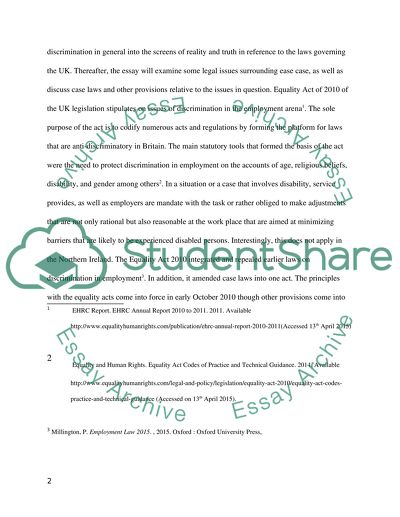Cite this document
(“Employment Law: Discrimination And The Laws Governing The UK Essay - 1”, n.d.)
Employment Law: Discrimination And The Laws Governing The UK Essay - 1. Retrieved from https://studentshare.org/law/1688508-employment-law-essay
Employment Law: Discrimination And The Laws Governing The UK Essay - 1. Retrieved from https://studentshare.org/law/1688508-employment-law-essay
(Employment Law: Discrimination And The Laws Governing The UK Essay - 1)
Employment Law: Discrimination And The Laws Governing The UK Essay - 1. https://studentshare.org/law/1688508-employment-law-essay.
Employment Law: Discrimination And The Laws Governing The UK Essay - 1. https://studentshare.org/law/1688508-employment-law-essay.
“Employment Law: Discrimination And The Laws Governing The UK Essay - 1”, n.d. https://studentshare.org/law/1688508-employment-law-essay.


